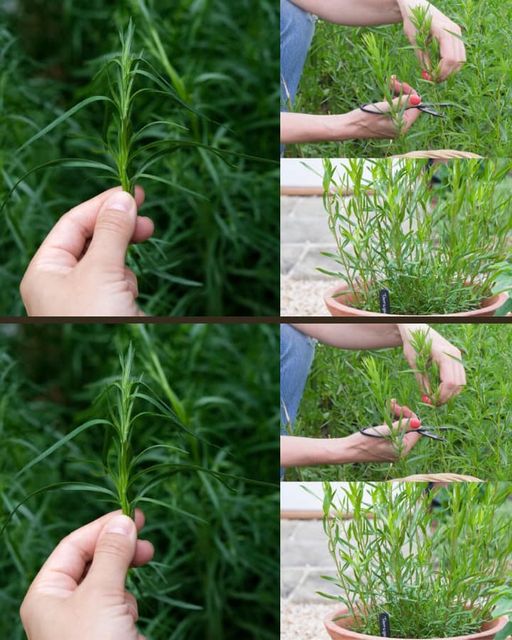5. Fights Bacteria
Two types of bacteria that are both very well-known and very dangerous are Staphylococcus aureus (the cause of Staph infection) and Escherichia coli (E.coli).
Boils, impetigo, food poisoning, cellulitis and toxic shock syndrome are all examples of diseases that can be caused by Staphylococcus bacteria. Some kinds of E. coli can cause diarrhea, while others cause urinary tract infections, respiratory illness and pneumonia, and other illnesses.
The essential oil of tarragon has proven antibacterial activity against Staphylococcus aureus and Escherichia coli. Not only can tarragon essential oil kill dangerous bacteria, but this ability also makes it an excellent choice as a natural preservative, especially in cheese.
6. Reduces Blood Sugar
Research implies that tarragon extract can help to reduce blood sugar levels in animals and people with insulin sensitivity. Tarragon was consumed before meals, participants displayed significant reductions in total insulin secretion, helping to normalize their blood sugar levels.
How to Use
It’s best to use tarragon fresh and in whole leaves. You should look for sprigs with bright, green leaves.
Wrap it in a loose, damp paper towel, and place it in a plastic bag in the refrigerator. It can last for several days this way.
To chop fresh tarragon, start by holding the stem at the tip with your fingers and sliding your fingers gently down the stem toward the base to remove leaves. Next, discard the stem and chop the leaves.
The dried version is an option too and easily available, but it’s less flavorful than fresh.
You also dry or freeze fresh leaves for later use. Dry the leaves and store them in an airtight container in a cool dry place.
If you want to go the freezer route, wash and dry it, and then place the leaves in freezer bags or in ice cube trays with a little water. Frozen tarragon can keep for a months.

Tarragon taste is similar to anise; it has a delicate, sweet flavor. For this reason, it pairs well in cooking with eggs, seafood, chicken, lamb and veal. It often doesn’t mix well with other flavors besides lemon, which is why it’s normally the standout ingredient in a dish or marinade.
Tarragon uses includes being added to enhance many sauces, like mayonnaise and Béarnaise sauce. It’s one of the four fines herbes in French fine cooking and is incorporated in many French dishes. You can also make tarragon vinegar for dressings by lightly bruising fresh leaves and steeping the leaves in a neutral white vinegar.
The two prominent varieties are French and Russian. French tarragon is best used for cooking. The seeds of the French version are actually sterile, so it’s propagated with root splicing. Russian tarragon is much weaker in flavor, but easier to grow and heartier in the soil with fertile seeds.
You can also use it as a supplement in various forms, including capsule, powder, tincture or tea.
